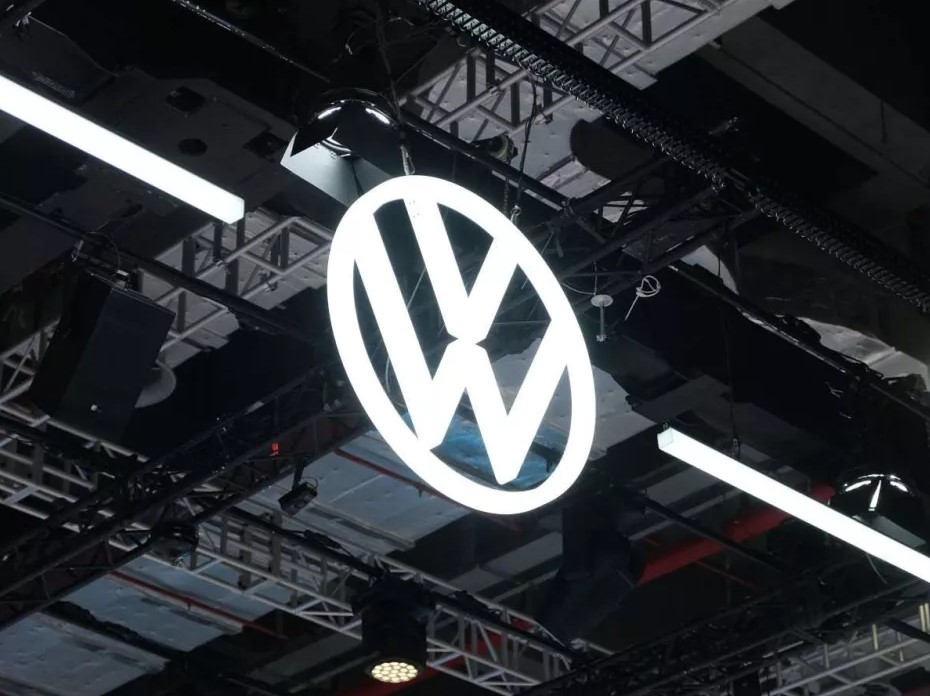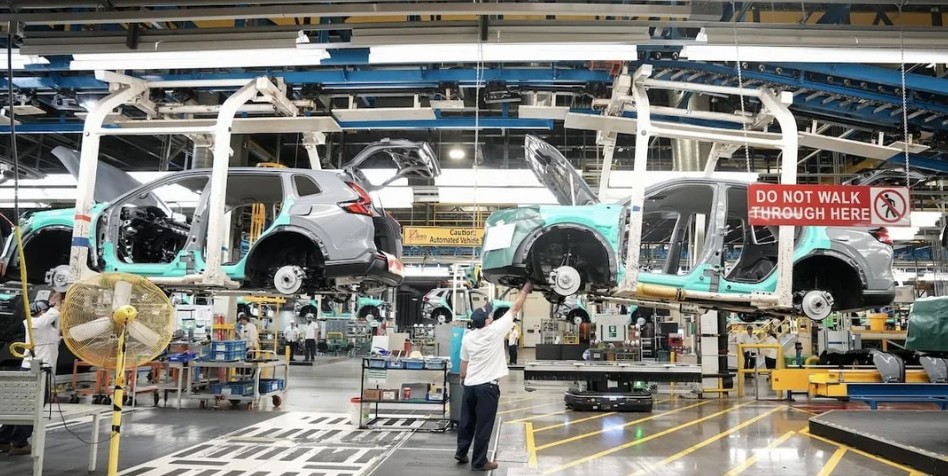
Eni unveils its cutting-edge supercomputer, HPC6. They aim to accelerate oil and gas exploration. Furthermore, they seek to advance the company’s clean energy transition. With an investment surpassing €100 million, the advanced system processes vast datasets. Additionally, it performs complex calculations. They harness the power of artificial intelligence (AI) and 14,000 graphics processing units (GPUs). Consequently, the HPC6 streamlines the discovery of new oil and gas reservoirs. Moreover, it supports Eni’s efforts to decarbonize operations and enhance energy efficiency.
Supercomputing Revolutionizes Exploration and Drives Decarbonization
Eni previously leveraged supercomputing to improve carbon storage and biofuel production. Therefore, the addition of HPC6 builds on their existing expertise. They achieve even greater breakthroughs in oil and gas reserve exploration. Specifically, it assists in analyzing seismic data. Moreover, it improves well positioning. Furthermore, it forecasts production and advances enhanced oil recovery techniques. Additionally, the supercomputer plays a key role in Eni’s clean energy goals. For example, it supports the company’s decarbonization strategy. It provides sophisticated models and simulations. This improves renewable energy production.
Advanced Capabilities Demonstrate Technological Leadership
Ranked as the fifth-fastest supercomputer globally, the HPC6 marks a major milestone for Eni. They opted to develop and manage their supercomputing infrastructure in-house. They did not rely on external cloud services. Therefore, the system’s high processing power and precision in AI applications allow them to handle critical tasks. For instance, they manage reservoir simulations and production forecasting. This is vital for making informed decisions in the energy sector. Consequently, this technology also allows Eni to better align with its sustainability targets. Moreover, it creates a competitive advantage in the environmentally-conscious global energy market.
Eni’s Strategic Vision Drives Energy Transition
Claudio Descalzi, CEO of Eni, emphasizes the importance of continued technological innovation. They seek to maintain the company’s leadership in the energy transition. Therefore, the HPC6 supercomputer is integral to Eni’s strategy. They aim to achieve net-zero emissions and improve operational efficiency. By integrating supercomputing into their entire business chain, Eni aims to reduce its environmental footprint. Furthermore, they seek to enhance energy use efficiency. Lastly, they want to create new energy solutions for a sustainable future. Consequently, the company’s ongoing commitment to technological advancements positions it at the forefront of the global energy sector. They push boundaries in both traditional oil and gas exploration and renewable energy production. SuperMetalPrice notes that the development and use of advanced supercomputers like HPC6 require significant quantities of specialized metals and alloys, particularly in the construction of high-performance computing components and cooling systems. This increased demand can influence the market for these materials.











Leave a Reply
You must be logged in to post a comment.